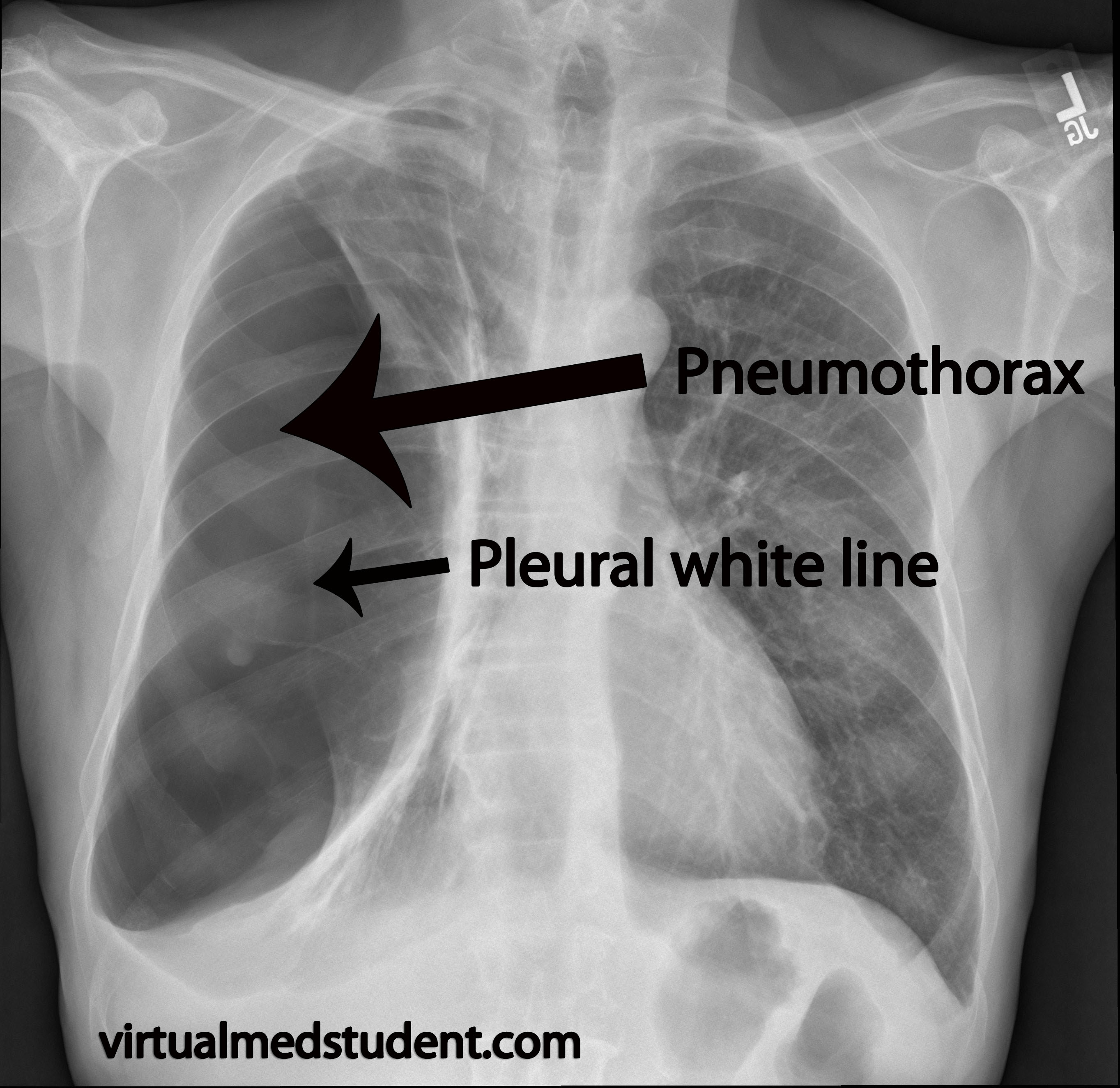CAPTAIN SINBAD
Contributor
I was wondering ... if one was to inhale lungs full of air at 100 feet and then shoot up straight towards the surface while holding all that air in, wouldnt the excess air force its way out of the nose and mouth before doing significant lung damage? What exactly do lung expansion injuries feel like?






